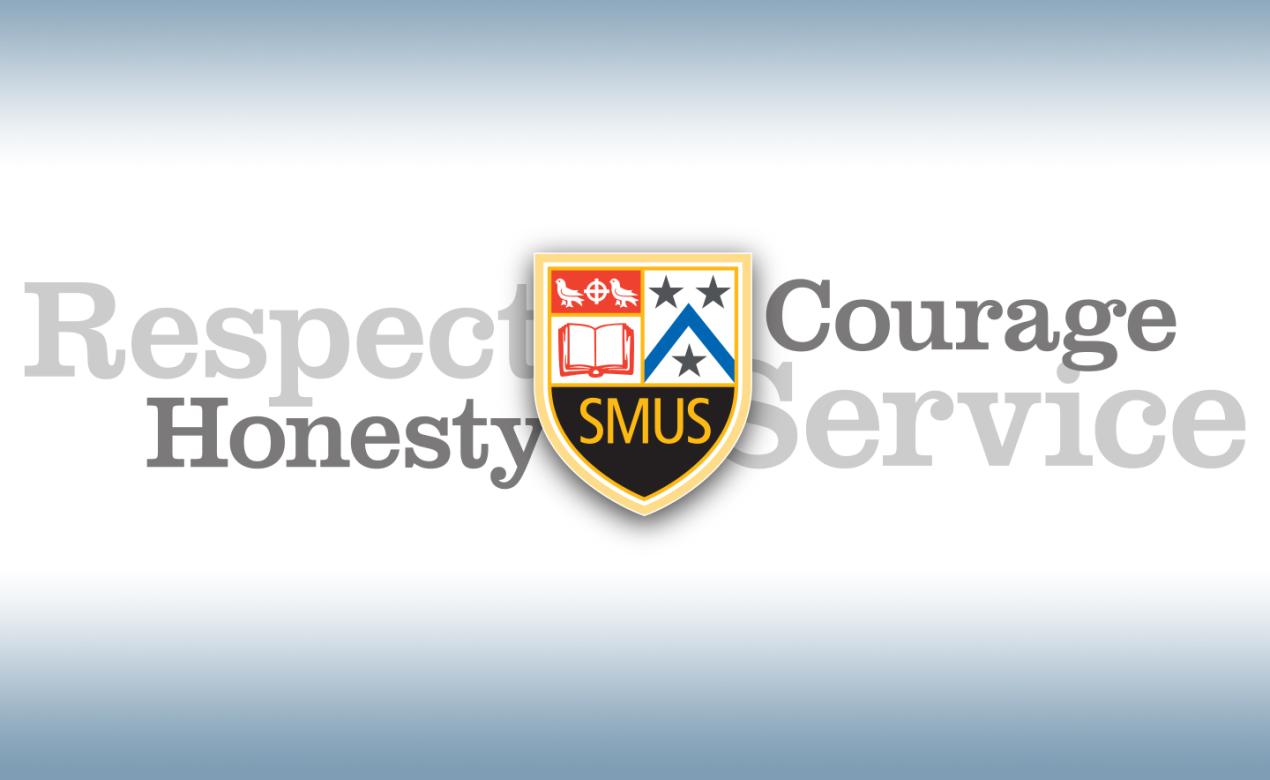
By Dr. Moussa Magassa
Institutions and organizations in Canada are realizing how equity, diversity and inclusion work is more important than ever. For schools like SMUS, implementing an EDI strategy is crucial because of the increasing diversity of its student body, staff and faculty; and also because of what these stakeholders are asking: to be valued, included, heard, honoured in their differences, and appreciated for what they can bring to the institutions.
Mahatma Gandhi advised that we be the change we wish to see in the world. Later, Nelson Mandela brought this sentiment into sharper focus for schools when he reminded us that "Education is the most powerful weapon which you can use to change the world."
In my experience, one effective way to affect institutional change is to adopt and implement an EDI strategy. Adopting and implementing an EDI strategy demands bold courage, leadership, and a risk-taking mindset. In today's context, no organizational strategy is complete without the integration of a sound policy framework that emphasizes equity, diversity and inclusion as its cornerstone.
Equity is a term that describes fairness and justice in outcomes. It is not about the equal delivery of services or distribution of resources; it is about recognizing diversity and disadvantage, and distributing resources and services to ensure that people aren't inappropriately hindered from attaining their highest possible outcome. Diversity, on the other hand, is all the ways we are different. Inclusion is an approach. It is a way of doing business that appreciates and responds to the dimensions of diversity.
St. Michaels University School defines equity, diversity and inclusion in the broadest sense, including but not limited to sexual orientation, gender, gender identity, ability, appearance, ethnicity, culture, race, beliefs, and socio-economic background. In addressing equity, diversity and inclusion, SMUS is guided by its core Values: respect, courage, honesty, and service.
During the last 18 months, I have witnessed SMUS undergoing this process. The school has adopted the best practices in EDI strategy development by implementing the following steps: a public statement on the institution’s EDI commitments and plans; the nomination of a Working Group that serves as a direct connection to senior leadership and Board of Governors; the establishment of an EDI Advisory Committee composed of various school stakeholders; the training of this committee and the institution’s senior leadership; the development of community engagement tools (survey, focus groups and other informal interviews); and the current creation of a final EDI strategy report that will be shortly submitted to the Board of Governors.
This is challenging and complex work that requires open minds, hearts, and hands. We're holding up people's lived experience of the school against its aspirational values to determine where SMUS meets the mark and where it falls short. Such reflection calls for close consideration of diverse, at times conflicting, perspectives. Fortunately, the Advisory Committee is well-positioned and committed to undertake this sensitive work.
I am really honoured to be guiding SMUS in the development of an EDI strategy embedded in best practices in organizational EDI development.
SMUS has been able to adopt an effective EDI process that truly entrenches the historic, social, political and environmental issues that define and characterize relationships and interactions at both social/contextual and organizational/institutional levels.
Moving forward, the EDI Advisory Committee is currently finishing its analysis of the survey and focus group data, and is planning for its final EDI strategy report to be submitted to the Board of Governors this spring.


